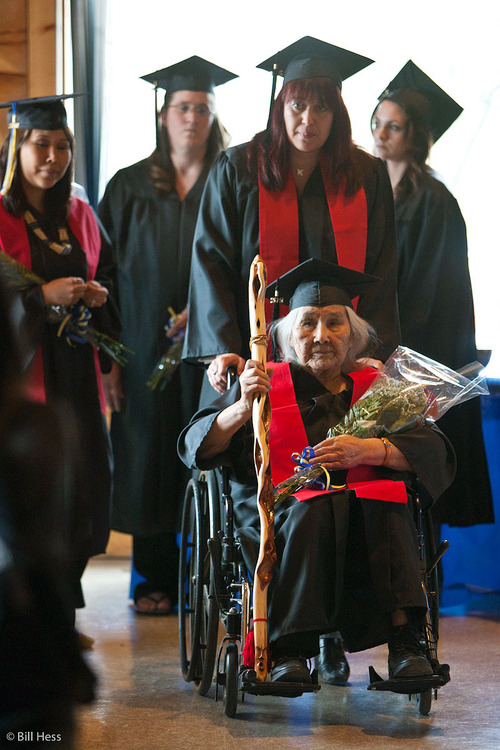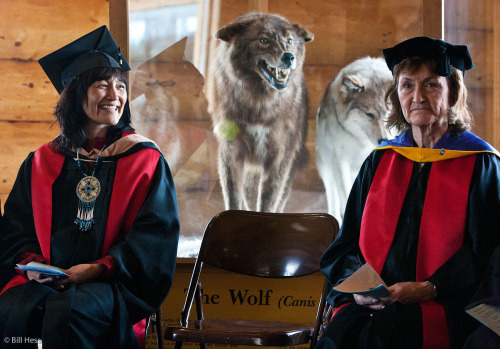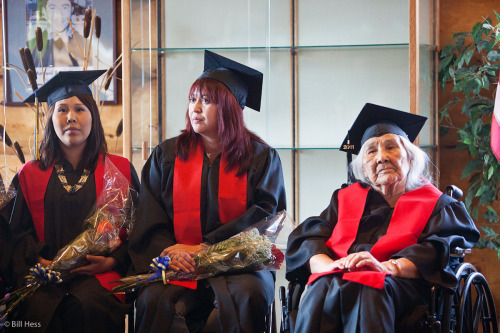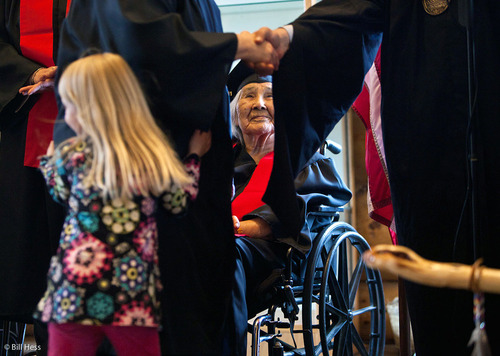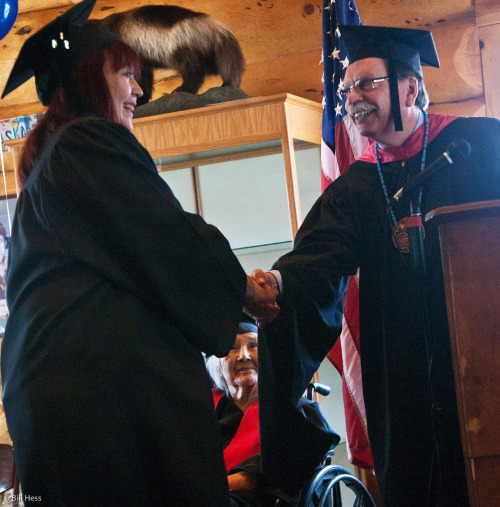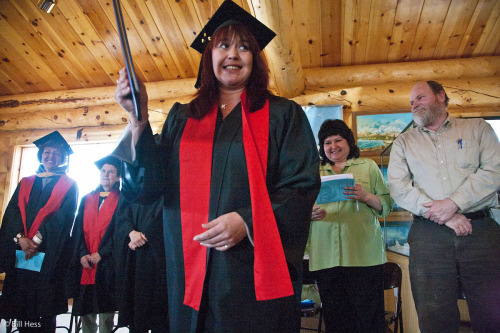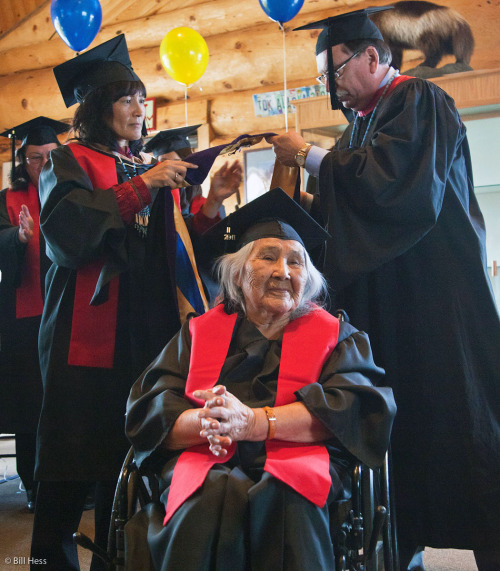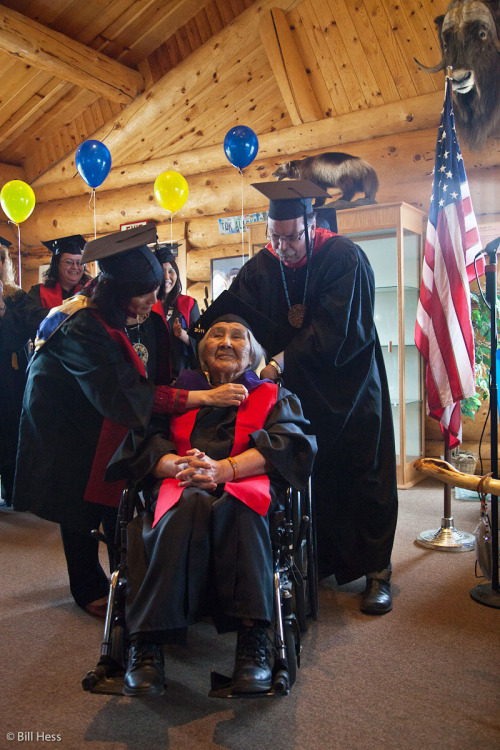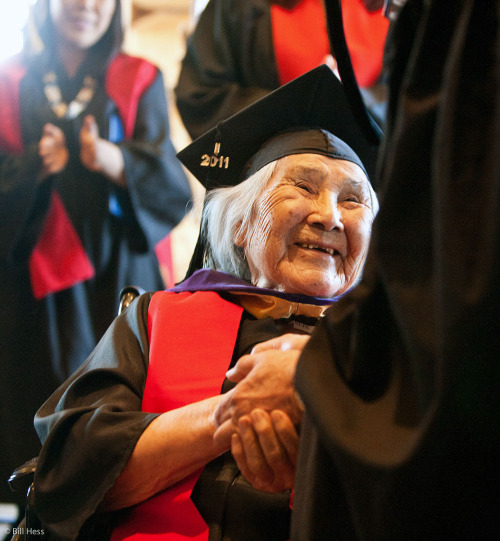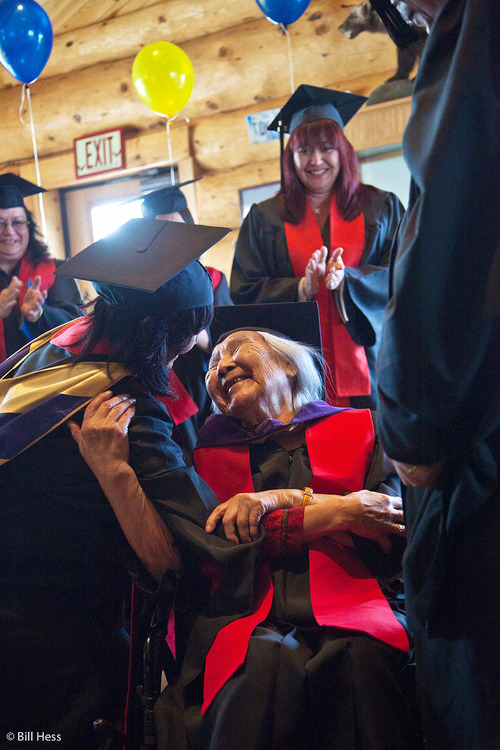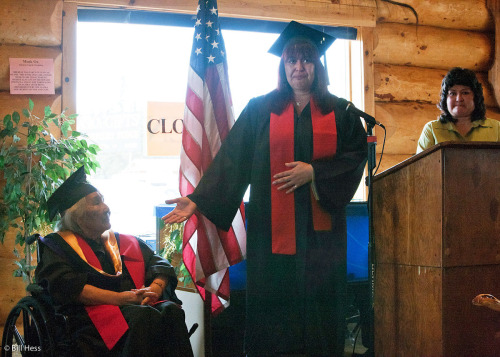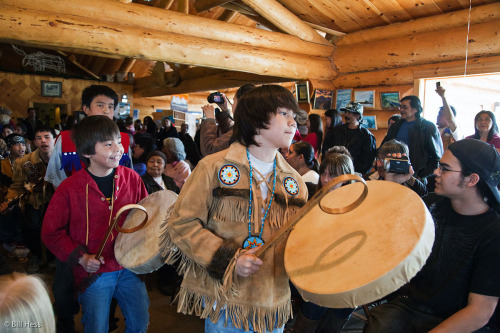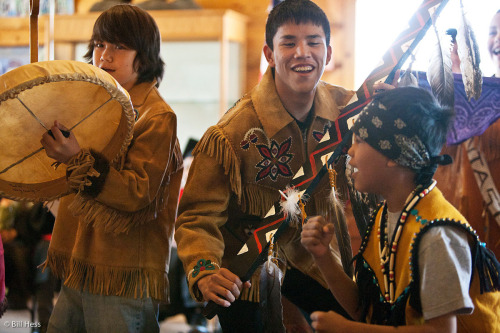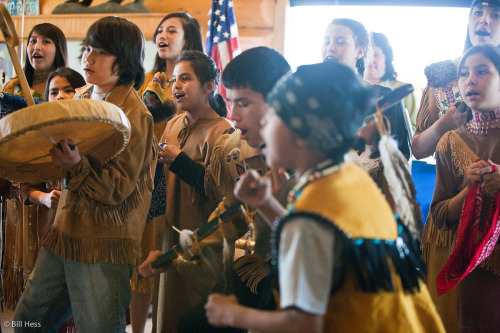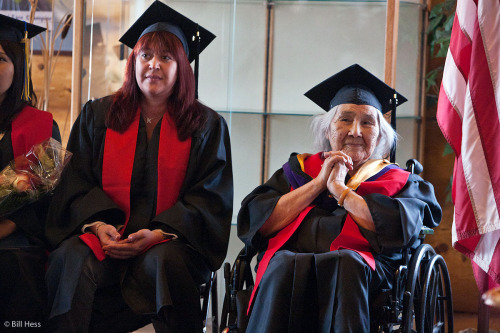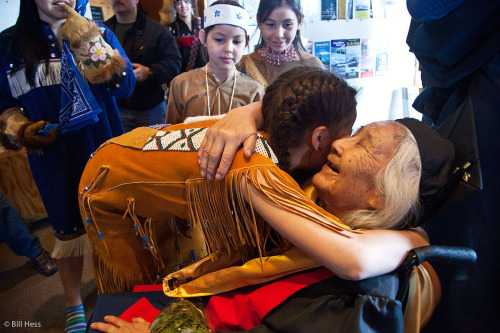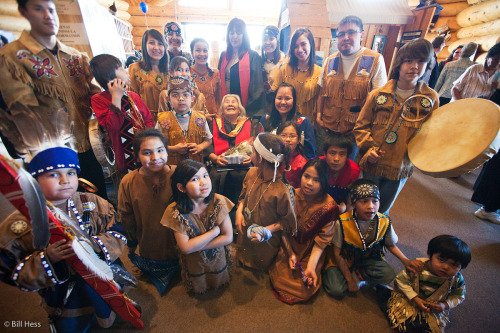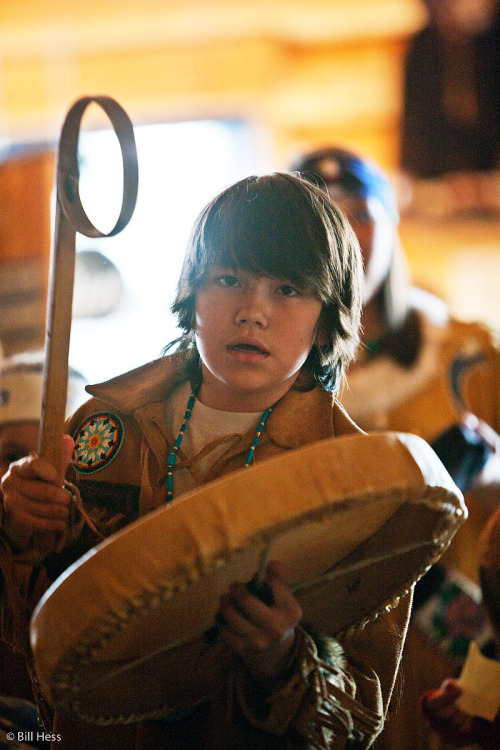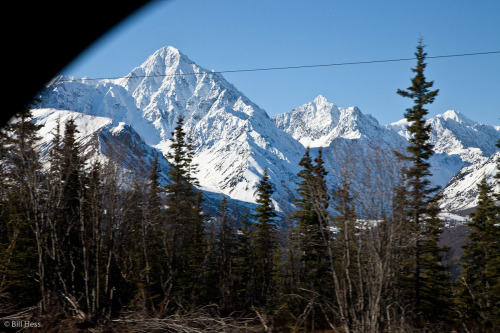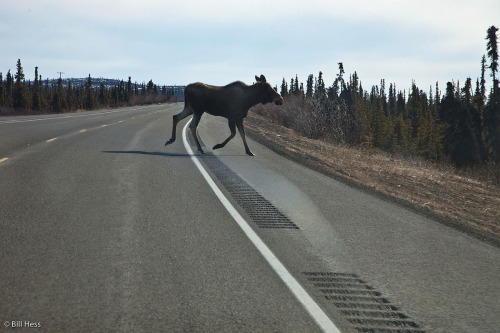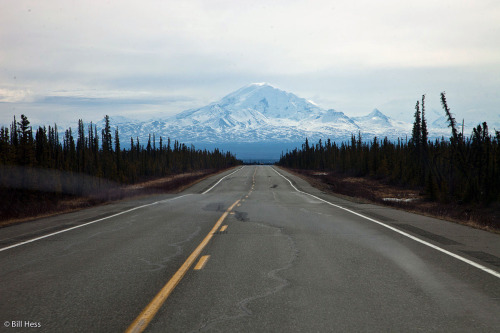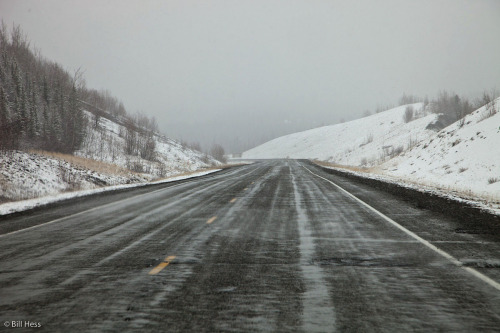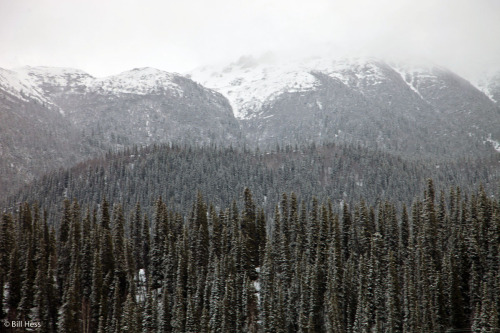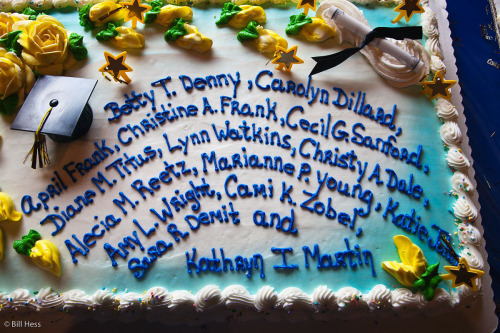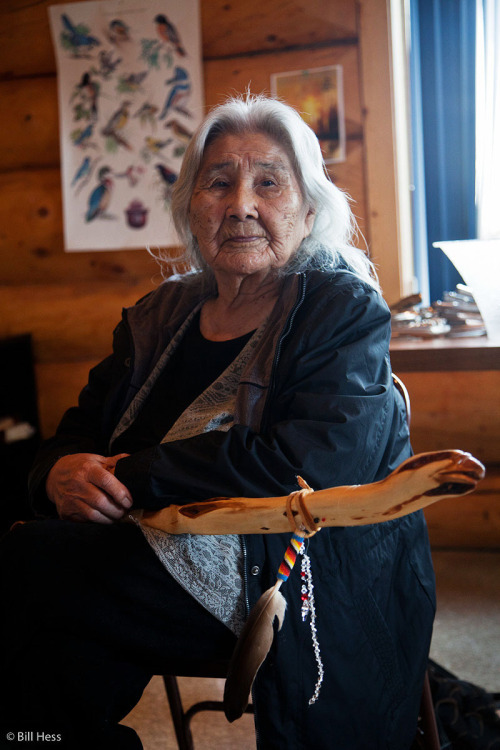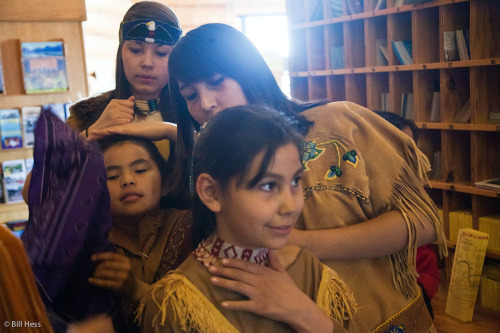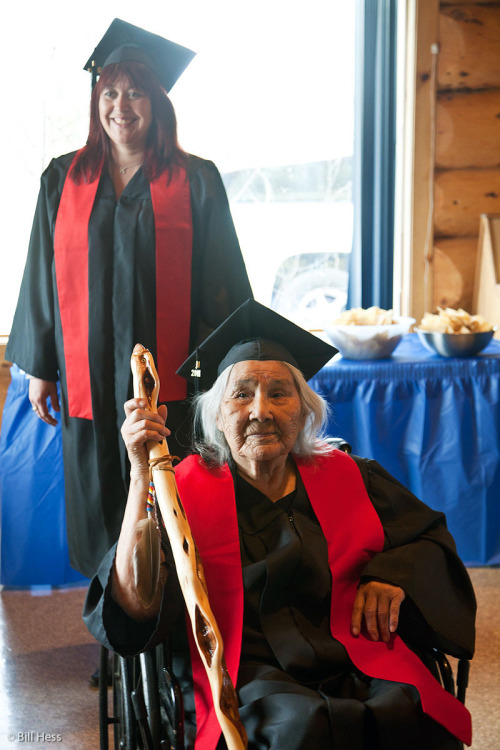Katie John, champion of traditional Alaska Native fishing and hunting rights and culture bearer, becomes Dr. Katie John: Part 3 - honored in Fairbanks
 Wednesday, May 18, 2011 at 11:28AM
Wednesday, May 18, 2011 at 11:28AM 
At a reception held for Katie John the day before, Dr. Bernice Joseph, UAF Vice Chancellor and an Athabascan herself, stated that all students in Alaska should be taught the story of Katie John - that Katie's is a story that everyone who lives in Alaska should know. I agree, and I had hoped to post a few highlights from that story here so that readers unfamiliar with it could get an idea of the magnitude of what Katie John has done with her life, and what her fight has meant to every Alaska Native - and also to non-Natives who have made this place home yet still believe that respect and justice must be paid to the original people of this state, that the rights that they held prior to our coming did not simply disappear because we came and wrote down a pantheon of legalities upon paper.
My time has been so filled and my schedule so busy that I have not yet been able to do that.*
So, for now, at least understand this about Katie John:
She was born on October 15, 1915 in the upper Copper River basin, into country and society where the only real law was Indian law -specifically, Ahtna Athbascan law. There were no roads, an airplane was a rare sight as was the appearance of a white or other non-Native person. Yet, as it happened, there was a white man in the area who was befriended by her family and he recorded the date of her birth.
Katie grew up in a society where knowledge was found not in books but in stories and teachings passed down and memorized, to be held fast in the head. Knowledge was also gained by living upon the land, by observing the animals and fish that yielded their flesh to the people so that they might survive.
That knowledge was deep and complex. Not many hold it today.
Katie John grew up in this world, speaking her own language, eating her own food, following her parents to the places that they would go to catch their fish, kill their moose and caribou and do all the things necessary for their survival. They did this without the oversight of game rangers, State or federal, without the incursion of law written by people who did not know their ways.
They worshipped and prayed in their way and danced according to their own tradition.
And then one day as she sought to feed her family by setting up a fishwheel in the same place where her "Daddy" had set up a fish trap and caught salmon to feed her, a ranger, new to her ancient country, knowledgable about what was written in books and on paper but ignorant of her history and the Indian law by which she lived, showed up and told her that she must take that wheel down.
And so began a fight that lasted well over a decade until finally Katie's lawsuit forced the federal government to take jurisdiction over fishing in the waters where she set her wheel away from the State of Alaska. This because, in its over-zealousness to grant "equal" rights to all to what had once been the exclusive right and property of Native people, State law has always refused to recognize any aboriginal right to hunt and fish. The federal government, despite all the many wrongs it had brought down upon indigenous Americans, does recognize aboriginal rights, including those of "subsistence" users to be given a preference over sport users, at least in times of shortage.
Thanks to Katie John, the federal government must now regulate fishing in navigable waters with "subsistence" as the highest priority.
The story is much more complex than this, of course, but I need to move along and complete this post so that readers will know that Katie John not only stood up for her people against the State of Alaska and won, but has now been honored by the State of Alaska, through its most important university, for the determined, principled, courageous stand that she took against it.

The main University of Alaska, Fairbanks, graduation was held at the Carlson Center, not far from the bank of the Chena River. Graduates would number 1141. Dr. Katie John would precede them all onto the graduation floor. As the moment for her to enter drew near, she waited with her granddaughter, Kathryn Martin, for the door to be opened.
While Martin had received her bachelor's degree the previous Friday in ceremonies at the UAF Interior-Aleutians Campus in Tok, just as Katie had received her honorary Doctor of Laws degree, graduates from the rural UAF extensions also earn the right to walk with and be honored with their larger graduating class at the main Fairbanks ceremony.

Ninety-five year-old Katie John raises her hands to acknowledge the applause she receives as she enters the stadium. The red sashes signify that graduates are Native.

Katie takes her position of honor among the seats set for the graduates.

She is followed by the Ahtna Heritage Dancers - most of them her direct descendants.

Then the Ahtna Heritage Dancers took the stage. With the Alaska flag and it's "eight stars of gold on a field of blue" standing large behind them, danced with energy and enthusiasm for their grandmother - for all the graduates - but grandma especially.

Does this look almost identical to a picture that I posted yesterday from the Tok ceremony? Yep, same girl, giving her great or maybe great-great grandma a congratulatory hug. Katie and her late husband, Mentasta Traditional Chief Fred John, raised 14 children and six adopted children.
At the reception the day before, Kathryn put the number of Katie's grandchildren, great-grandchildren and great-great grandchildren at 211.
Katie spoke of how she had set out to raise her children in the Ahtna way, always speaking Ahtna to them. Then came the time that her children were sent off to boarding school. In the summer, when they would come home and she would greet them in Ahtna.
No, her children told her. At school, their mouths had been taped shut when their teachers had heard them speak Ahtna. They told their mom to speak only English to them. Ahtna was the language of the past, English the future.
Katie did not know what to do. She hardly spoke English at all.
She did her best, and through it all fed them from the land.
In her old age, she has run a culture camp at Batzulnetas, which I have had the privilege of twice attending. There, she teaches not only her descendants and all others who wish to come and particpate the Ahtna way of living.

Noted scholars of significant achievement file past Katie and take their places alongside her.

Katie sits as many graduates file past after receiving their diplomas. A few stop to shake her hand, including Juliana Orczewska, an Ahtna who had just received a Masters in Biochemistry and Molecular Biology.

Katie and granddaughter Sara Demit, who earned an associate degree while studying at the UAF Interior-Aleutians Campus, congratulate each other.

Granddaughter Kathryn Martin receives a congratulatory handshake from Chancellor Brian Rogers after being awarded her diploma and bachelor's degree in Rural Development.

Dr. Katie John and her granddaughter, graduate Kathryn Martin.

Katie is congratulated by Chancellor Rogers and other dignataries.

Dr. Katie John - who rose from her wheelchair and under her own power walked onto the stage to accept this honor.

As she returns to her place, Katie raises her diploma for all to see. The Alaska flag, which she predates by nearly 40 years, rises behind her.

Katie blows a kiss...

...to one of her multitude of admirers.

When the time comes, Katie observes as Kathryn moves the tassel from the right side of her cap to the left.

Then Kathryn helps grandma Katie do the same.

As balloons are released to drift down upon the graduates, Katie double-checks the position of her tassel.

The ceremony over, Kathryn wheels her grandmother past graduates toward the exit. See the young woman at the far left with the red sash? She is Crystal Frank, the daughter of a good friend of mine, Kenneth Frank, Gwich'in of Arctic Village and has just received her Master's degree.

To the applause of scholars of merit, Katie leaves the stadium.

Outside, the temperature was in the mid-60's - by far the warmest weather I had felt since I paid a visit to Utah last October. Graduates took advantage of the pleasant weather to stand in the sun, shake many hands, and pose for many pictures.
Katie had been going hard for three days straight now. She is 95, going on 96. She chose to leave and get some rest. As she returned to her car, her family presented her with a copy of the Fairbanks Daily News-Miner that included a story on her.
*I will put a fuller telling of this story as one my priorities for the future. Perhaps I will tell it on October 15, when she turns 96. I won't commit to that date - I could be anywhere October 15, from the Arctic Slope to Wasilla, the Yukon River, Arizona or maybe India.
In time, I will tell this story in greater depth.
depending on the size of your monitor, they will appear larger and look better

